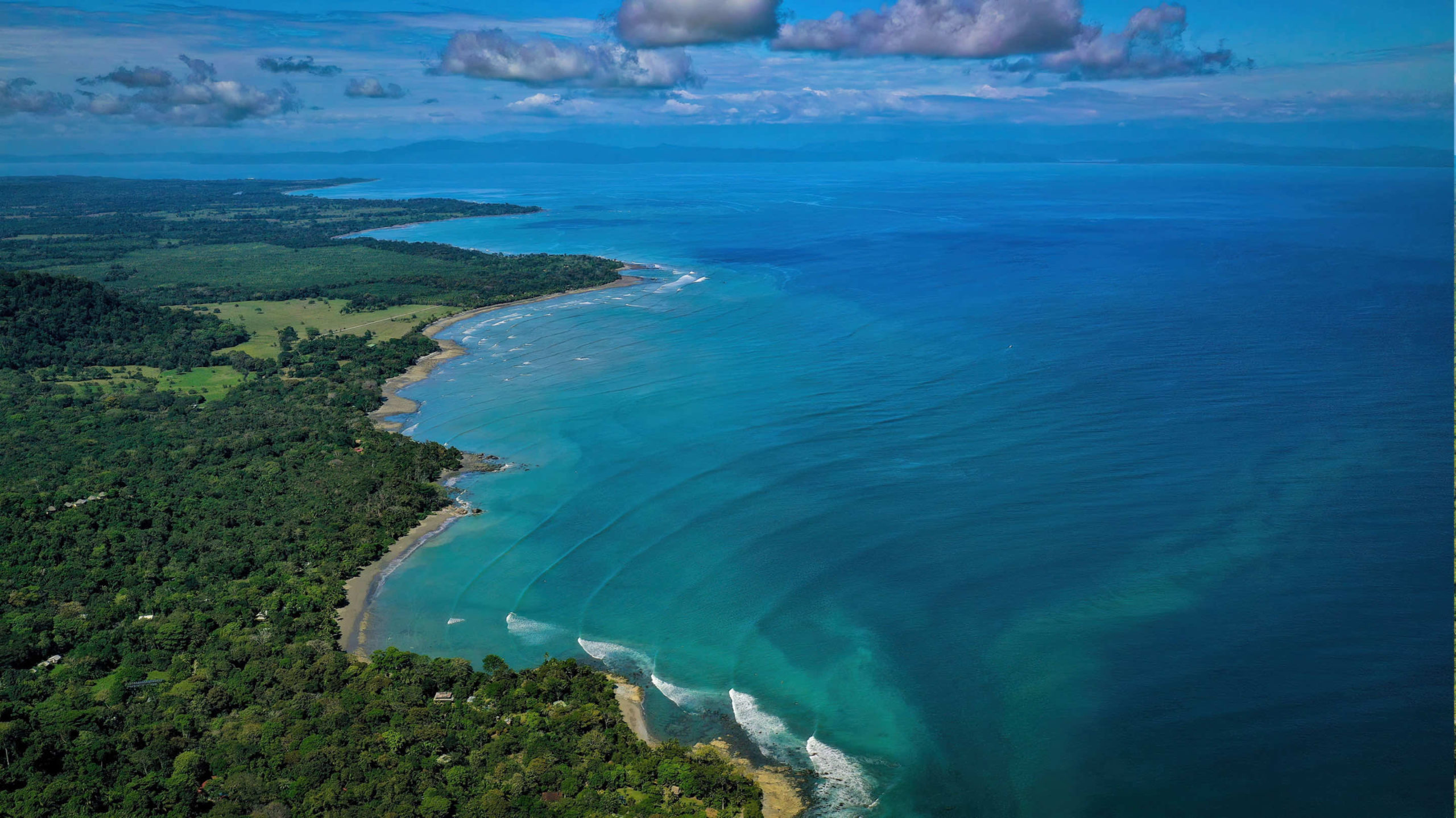Another one of the many benefits of owning real estate in Costa Rica’s Osa Peninsula is the staggering variety of sea life, notably, dolphins and whales that visit the area each year. One of the most remarkable creatures on Earth which also happens to hold the title of “the world’s largest fish” visits Costa Rica at least once a year – the gentle whale shark. Unlike whales, whale sharks are not mammals but belong to a group of cartilaginous fishes. The whale shark (Rhinodon typus) earns the name “whale” solely because of its size.
Whale Sharks can be spotted on Costa Rica’s Osa Peninsula January through March although the majority of whale shark sightings occur in January. Here is a video clip of a smaller whale shark coming along side a Boston Whaler out of Crocodile Bay Resort, Costa Rica near the future site of Botánika Osa Peninsula, Curio Collection by Hilton on Costa Rica’s Osa Peninsula.
Just as the blue whale (Balaenoptera musculus) is the largest living mammal, the whale shark is the largest species of any fish; females have been known to reach 65 feet in length and up to 34 tons, although most whale sharks may never reach such record sizes.
Besides sharing the title of biggest among their kind, the blue whale and whale shark have something else in common. They are both filter feeders. The blue whale lives mostly on small shrimp-like crustaceans called krill, which it strains from sea water through baleen, a fringe made of keratin, the same material that makes up human fingernails.
Whale sharks also consume krill, other zooplankton, fish eggs, and small fishes by bobbing up and down near the water surface to pump prey-filled water over their gills or swimming with their wide mouths agape.
Whale sharks in Costa Rica often feed passively, by swimming with their large mouths open.
Despite their other name—shark—these giants are so gentle that snorkelers and scuba divers seek them out to swim alongside them. The whale shark is listed as “Vulnerable” on the International Union for Conservation of Nature Red List of Threatened Species due to threats from commercial fishing, but the growth of whale-shark tourism may lead some communities to see them as more valuable alive.
Source: https://www.amnh.org
Related Articles:
Osa Peninsula Wildlife Calendar
Costa Rica Real Estate – Living in the World’s Best Birding Destination
Own Real Estate in Costa Rica with the Happiest People on Earth
Pura Vida – Living the Good Life in Costa Rica with Michi and Me






